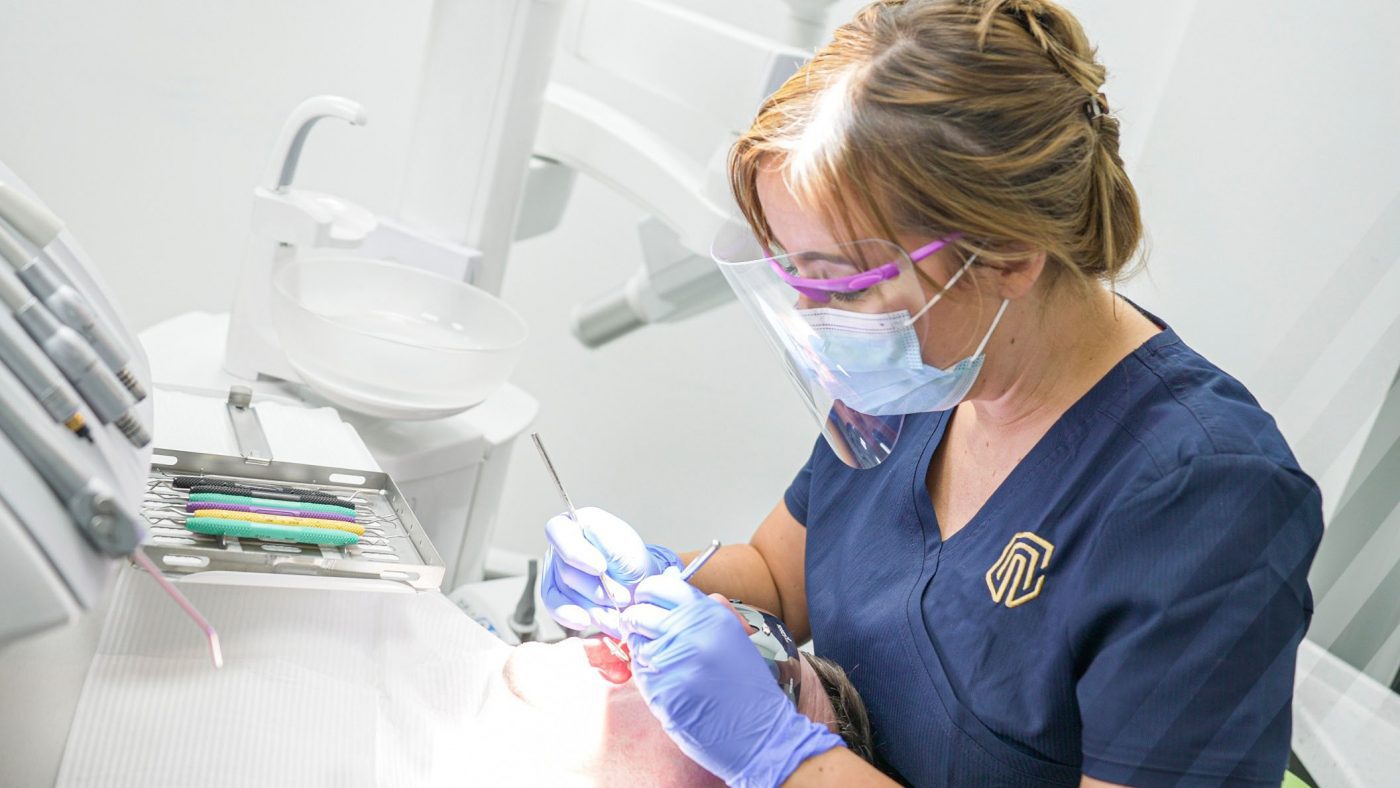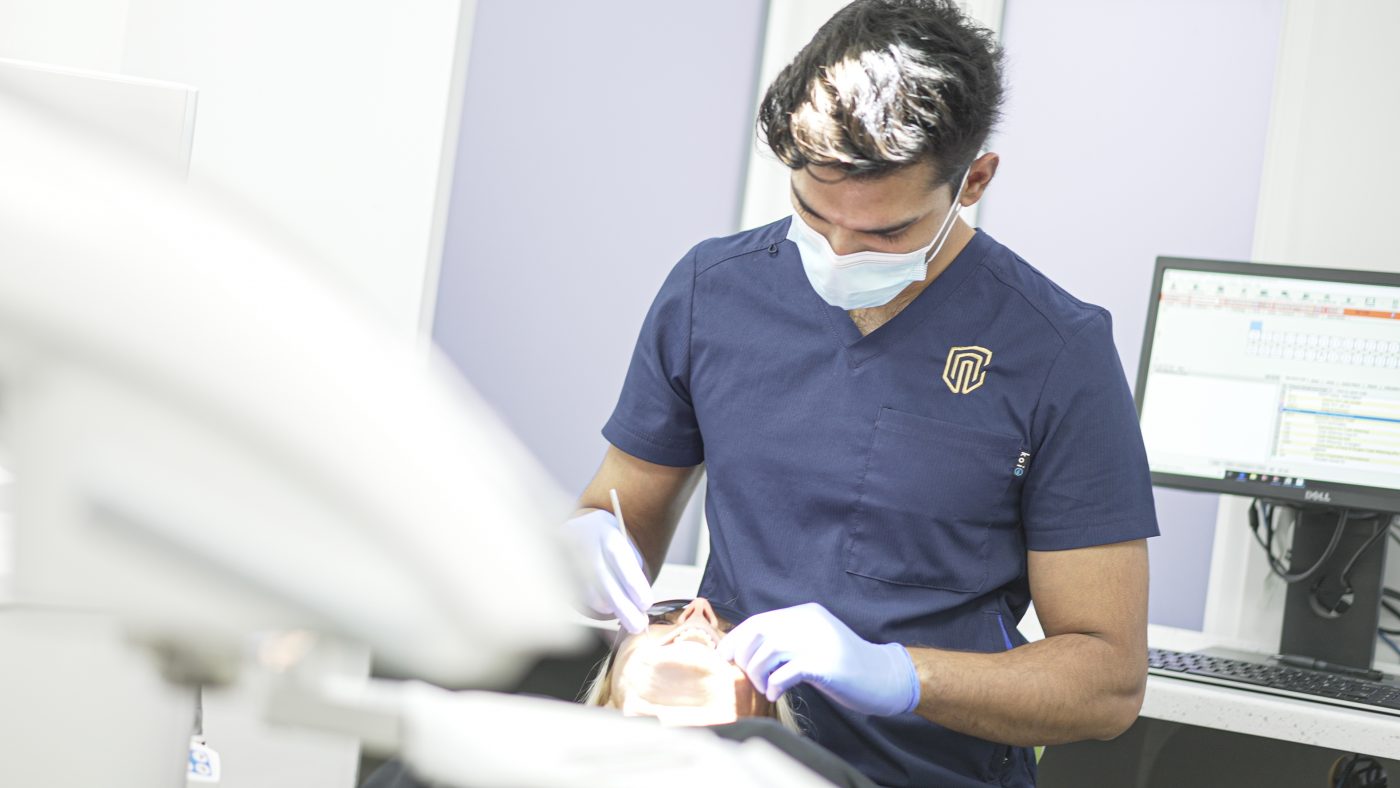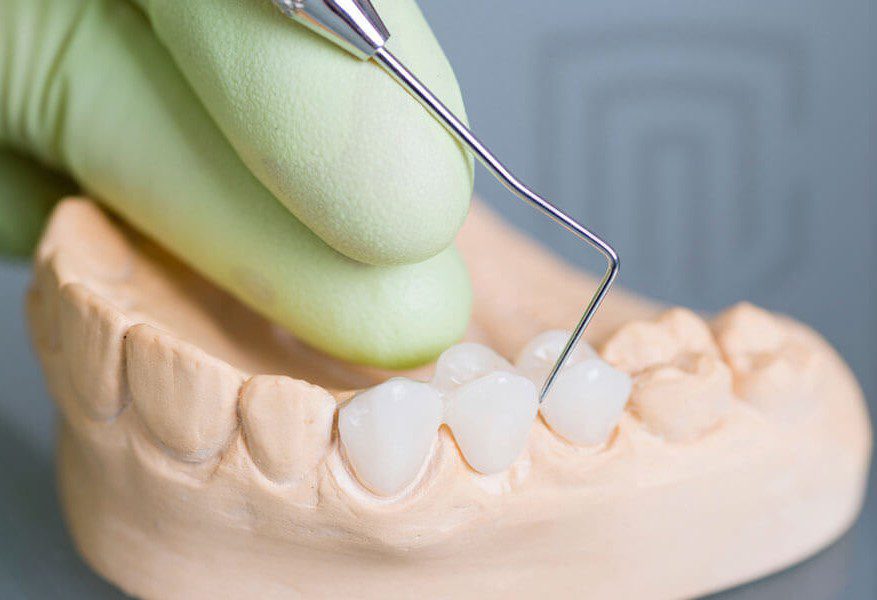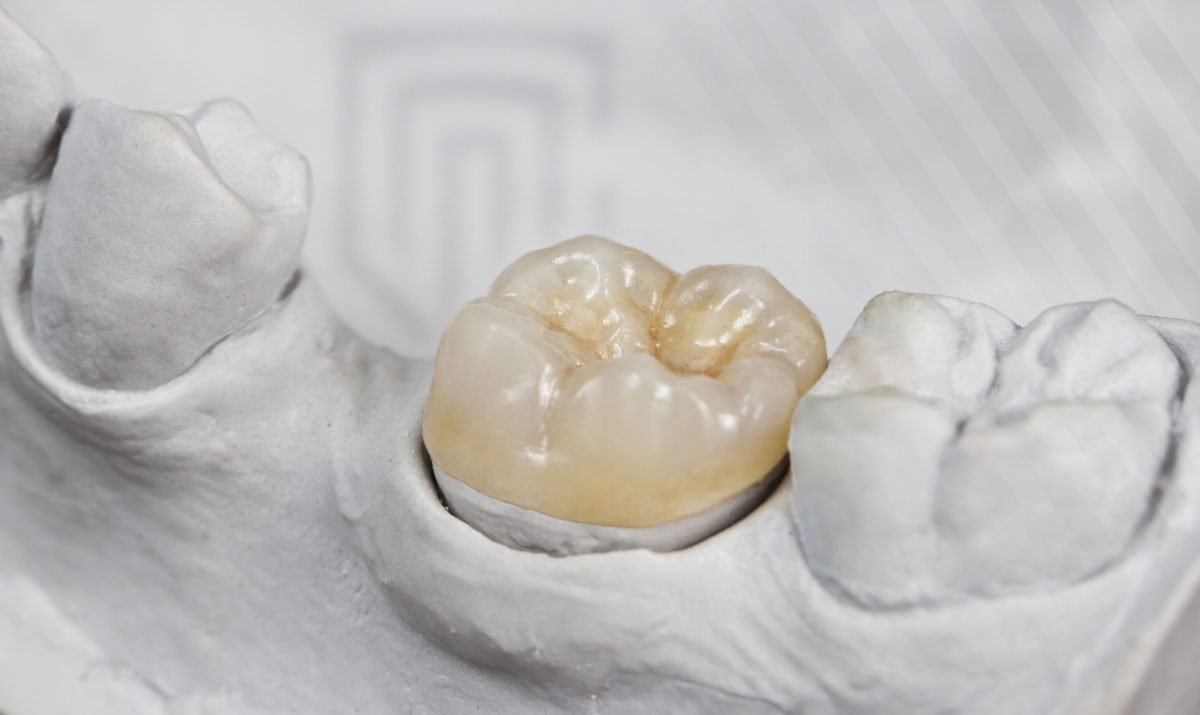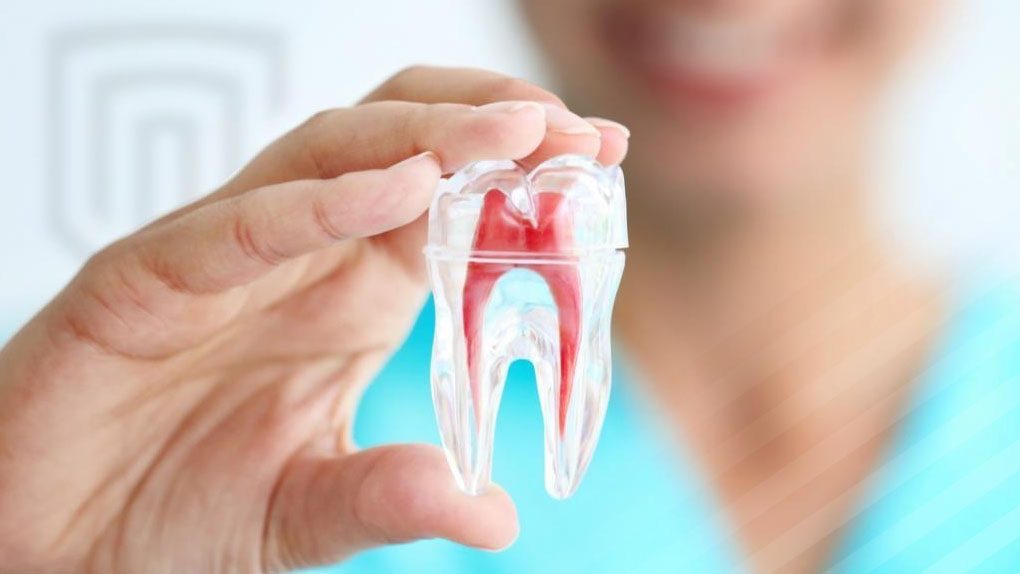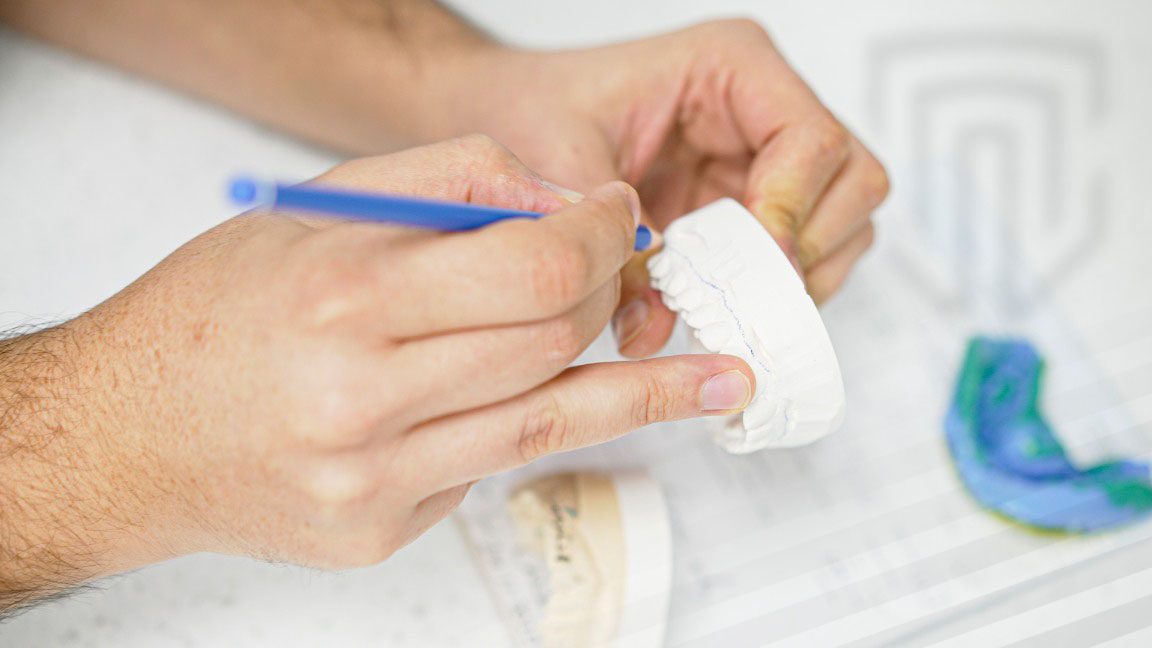A dental bridge is used to replace a missing tooth using a pontic (fake tooth) bonded to an adjacent tooth or teeth. Today’s dental bridges are often made out of porcelain, and are permanent, natural-looking replacements for missing or damaged teeth.
There are 2 common types of dental bridges
Traditional dental bridges
are the most common. They consist of one or more pontics (fake teeth) held in place by crowns on either side.
Maryland bridges (also know as a ‘sticky bridge’)
work by attaching to the back of your adjacent teeth. The adjacent teeth often need little or no drilling, making this a more conservative procedure.
Keep in mind that there are benefits and drawbacks to each type of dental bridge. Your dentist will help you find the option that’s right for you.
What Should I Expect at My Dental Bridge Appointment?
If you’re getting a dental bridge, you should expect at least 2 appointments.
At your first appointment
your dentist will prepare the surrounding teeth for the procedure much like if you were getting a single crown. A minimal amount of tooth structure will be removed in order to attach the bridge firmly. Because of the level of precision needed to shape the teeth exactly right, this procedure may take up to or over an hour. Your dentist will also take impressions of your teeth and give you a temporary bridge to wear in between appointments.
2nd Appointment
your dentist will replace your temporary bridge with a permanent bridge. This appointment may take place up to 3 weeks after your first appointment to give your dentist time to craft the permanent bridge.
FAQS
The bridge should feel somewhat normal after the procedure. The bite should feel good, and the shape may take getting used to. We recommend eating soft foods if the tissue or teeth are sensitive to hot, cold, or pressure, but that will gradually get better after placement. If you experience sensitivity after the procedure, you may need to eat soft foods until the bridge feels normal in your mouth.
To maximise the life of your bridge, you should brush and floss regularly. In addition to flossing between teeth, you’ll need to take extra care to floss under the fake tooth as well. Since flossing can be challenging with a dental bridge, there are tools your dentist can provide for you and demonstrate how they work that will make flossing under the bridge easier. These tools can be purchased over-the-counter in many cases as well.
You’ll also want to make sure that you have regular check ups so that the health of your teeth can be monitored.
If tooth decay and other issues are avoided, your dental bridge will last 10 years, as that’s the average lifespan. These can last longer than 10 years if taken care of properly.
Dental bridges are a traditional solution to missing or damaged teeth. However, depending on your needs, dental implants may be a better choice for you – dental implants have surpassed bridges as the gold standard treatment to replace missing teeth.
If you need a more economical option, a Removable Partial Denture (RPD) may be right for you. This is something that can be removed at night and is not permanently adhered onto the teeth.
meet Dr Aston Parmar
Special Interest in Restorative, Cosmetic and Implant Dentistry
STILL HAVE A QUESTION?
Contact us at North Cardiff and Dental Implants on 029 2267 9999 to find out more about any of our treatments or book a consultation with one of our experienced clinicians.
